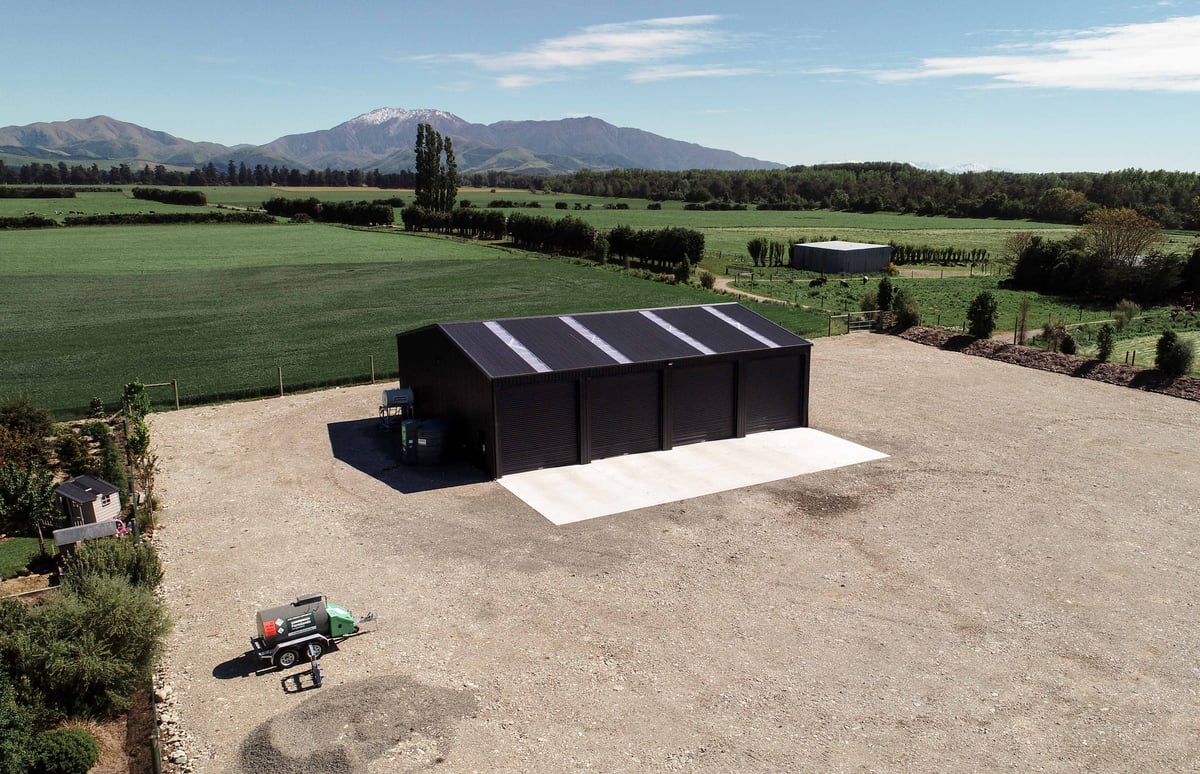You have multiple quotes from separate shed providers, they’re for the same size shed, the specifications are all roughly the same, so why is one so much cheaper than the others?
February 9th, 2022
5 min read

e.jpg?width=858&height=396&name=Media%20(25)e.jpg)


 This is another factor that can have a surprisingly big impact on the initial cost of a shed. There are many different door options available, including sectional doors and sliding doors. However, most companies will specify roller doors.
This is another factor that can have a surprisingly big impact on the initial cost of a shed. There are many different door options available, including sectional doors and sliding doors. However, most companies will specify roller doors. This one more applies to installation costings, however, it is an easy one to overlook. Some providers won't price concrete for the foundations of the shed, which can be a significant cost depending on the size of the shed and the ground conditions.
This one more applies to installation costings, however, it is an easy one to overlook. Some providers won't price concrete for the foundations of the shed, which can be a significant cost depending on the size of the shed and the ground conditions.  This may seem obvious; however, it is often difficult to tell the difference in quality from a generic quote. The three main things to look out for are the quality of the timber, the cladding, and the doors (as discussed above).
This may seem obvious; however, it is often difficult to tell the difference in quality from a generic quote. The three main things to look out for are the quality of the timber, the cladding, and the doors (as discussed above). 
